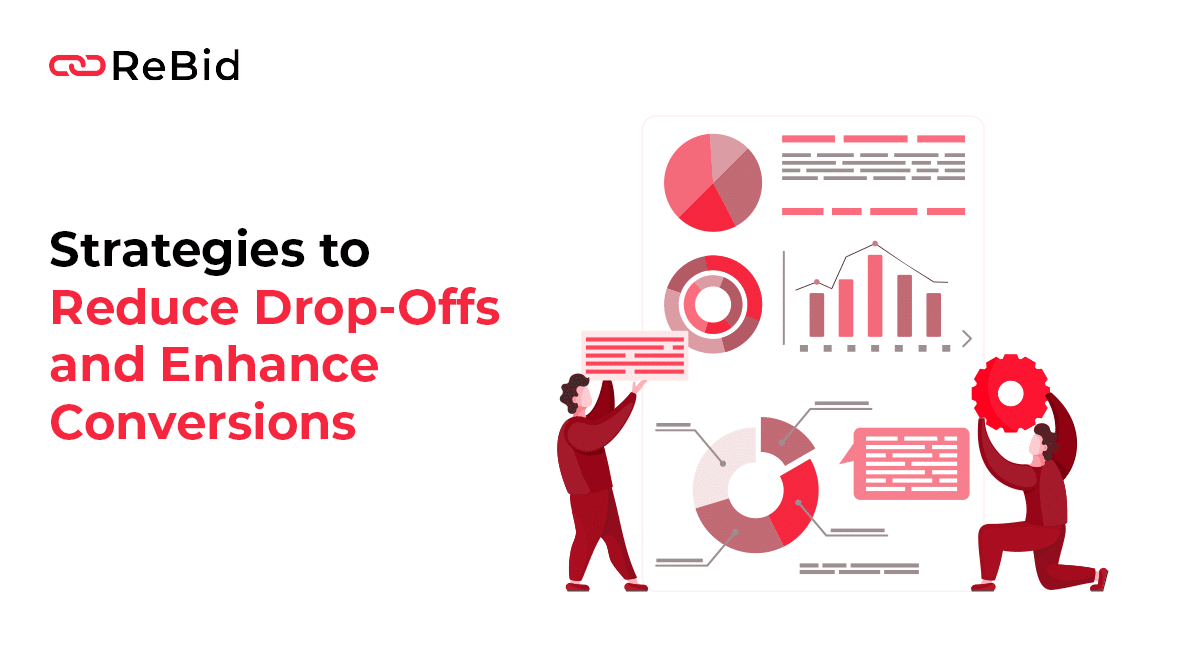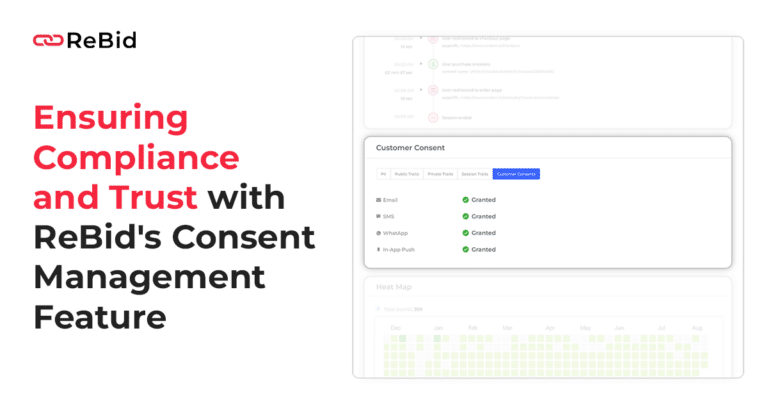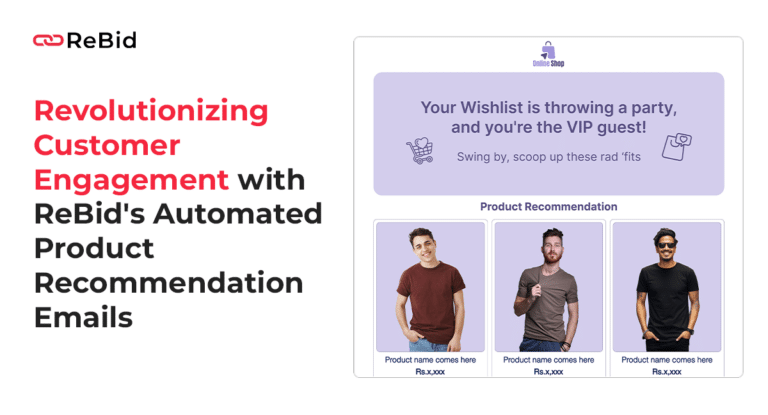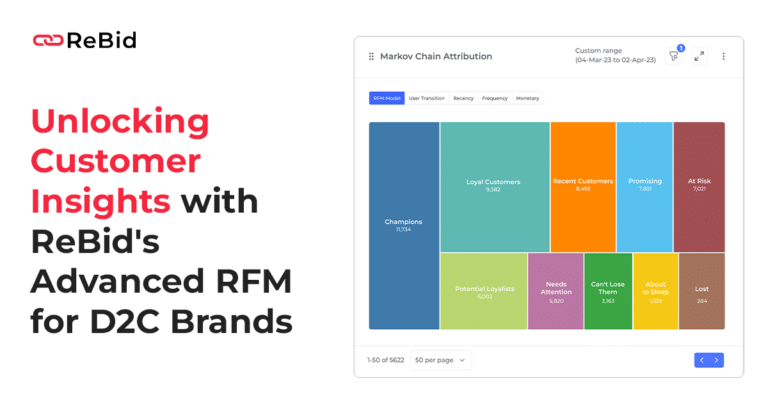In the fast-paced world of digital marketing, understanding and catering to customer behavior is not just a strategy; it’s a necessity. The journey from a potential lead to a loyal customer is filled with twists and turns. Identifying these twists, understanding why they happen, and strategizing to smooth them out is the key to reducing drop-offs and enhancing conversions.
Analyze, Monitor & Optimize
- Understanding the Customer Journey: The customer journey is a complex path filled with various interactions and engagements. Analyzing this journey helps in identifying the stages where customers are most likely to drop off.
- Dynamic Funnels for Conversion Analysis: Dynamic funnels offer a way to analyze the overall conversion rate, the time it takes users to convert, and the weekly breakdown of user behavior. These insights allow marketers to make informed decisions and optimize strategies.
- Real-Time Monitoring: Monitoring customer behavior in real-time helps in identifying trends and patterns. This proactive approach enables businesses to make immediate changes to enhance the customer experience.
Combating Skills Gap in Customer Intelligence and Analytics
- Data Quality Challenges: Ensuring accuracy and reliability in data is paramount. Inaccurate data can lead to misguided strategies.
- Handling Data Volume: The sheer volume of customer data can be overwhelming. Finding meaningful insights within this data is like finding a needle in a haystack.
- Making Sense of Data: Analyzing and interpreting data requires specialized skills and tools. The right tool can transform raw data into actionable insights.
- Keeping Up with Technology Advancements: The world of data analytics is ever-changing. Staying current with the latest tools and methods is essential for success.
- Unlock True Customer Intelligence
- Splitting Funnels with Attributes: By segmenting funnels based on specific attributes, businesses can identify the most effective paths to conversion.
- Optimizing Time Between Conversions: Understanding the time it takes for a customer to move from one stage to another helps in creating timely and relevant engagements.
- Analyzing Campaign Effectiveness: Not all marketing campaigns are created equal. Analyzing the effectiveness of different campaigns helps in allocating resources to the most successful strategies.
Revitalize Dormant Users
- Understanding Drop-Offs: What do users do before and after they drop off? Understanding this behavior is key to developing strategies to re-engage them.
- Tailored Reactivation Campaigns: Creating personalized reactivation campaigns can breathe new life into dormant users.
- Path Analysis for Optimal Flow: Guiding customers towards the most optimal flow requires a deep understanding of their behavior and preferences.
Conclusion
Reducing drop-offs and enhancing conversions is not a one-size-fits-all approach. It requires a deep understanding of customer behavior, the right tools to analyze and interpret data, and the ability to adapt and evolve with the ever-changing landscape of digital marketing. By embracing these strategies, businesses can not only survive but thrive in today’s competitive market.





